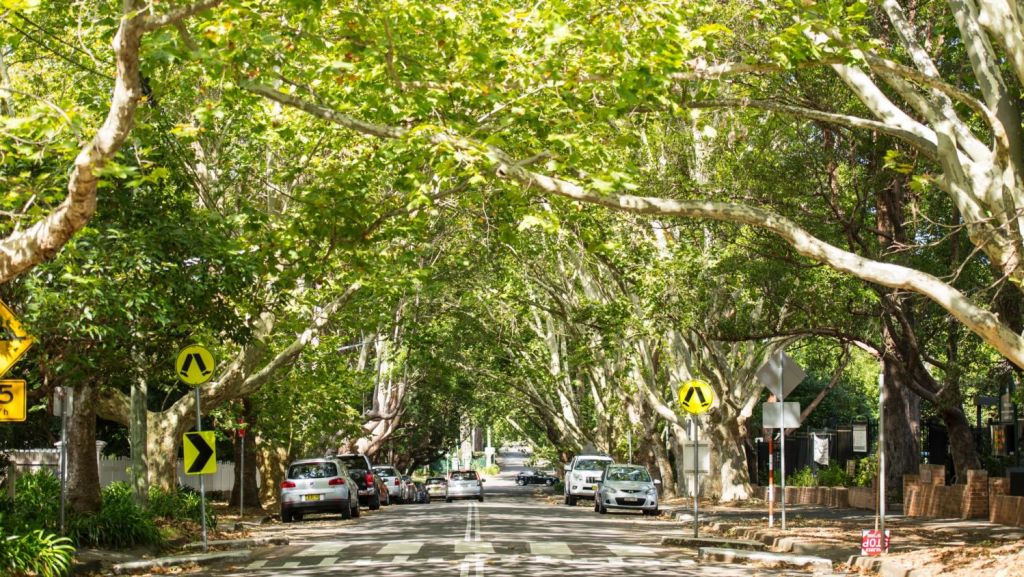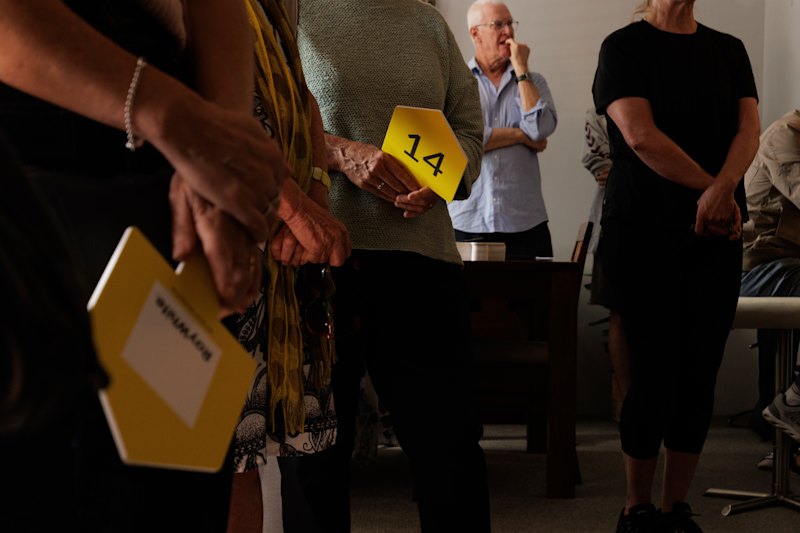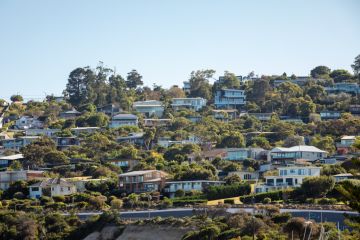The vital role of trees in keeping our cities cool, power bills down and residents healthy

Heat is an underrated killer in Australia, and with the country headed for record-breaking temperatures this summer, an urban greening movement is pushing for more trees to cool down the country’s concrete jungles.
Without trees in cities, hot weather days are exacerbated as the heat is absorbed by hard surfaces and radiated back into the air, known as the “urban heat island effect“.
Tony Matthews, Griffith University urban and environmental planner and 202020 Vision advocate, said reducing heat in CBDs also benefitted people’s health and even their bank balances.
Communities with more green spaces and shade from trees were more walkable and encouraged people to get outside, meaning there was more social cohesion, Dr Matthews said.
He said people who lived in green, leafy streets were less likely to use a lot of power for airconditioning during summer, reducing their power bills.
“People in areas with less greenery and more housing density; their bills are going to go up,” Dr Matthews said. “So the people who can least afford higher electricity bills ending up paying for them.”
202020 Vision is a group that includes some of Australia’s leading green space experts working together to map green spaces across the country. It wants to make urban spaces at least 20 per cent greener by 2020.
Dr Matthews said local councils had an important role to play in ensuring that green spaces and trees were integral to new developments.
“Councils, through their planning [schemes], need to start insisting on tree cover and tree provision,” Dr Matthews said. “Once a housing estate is finished it’s up to the council to maintain and pay for trees and green space … councils are reluctant to do that [at the moment] because of the cost.”
However, the cost savings in health and wellbeing far outweighed the cost of maintenance.
Some councils were already working on greening projects like on the Gold Coast, where the council is planting along the light rail, so people are encouraged to use it and be active.
“Where it really matters is in the suburbs. That’s where people are living or spending a lot of their time,” Dr Matthews said.
Planning for greenery in all Australian urban areas was difficult given the different climates in each state. A tree that thrived in Brisbane would probably die in Melbourne, Dr Matthews said.
Occupational heat stress consultant Matt Brearley said heat had a huge impact on the human body and the urban environment had a large part to play on hot days.
“There’s a lot of people exposed to the urban environment. It’s extremely important to mitigate that outdoor heat for those outdoor workers,” said Mr Brearley.
“We need cooler environments in our urban settings, so workers don’t suffer heat stress.
“A cooler environment allows a bigger window for the public to do what they want to do, whether it’s working or walking.”
Urban forester Lyndal Plant said Australians were also prepared to pay a premium for tree cover, according to her Brisbane-based research, but only to a degree.
She found property prices were affected negatively if tree cover exceeded 20 per cent.
Ms Plant found tree cover on streets had an even greater effect on property values with people prepared to pay 3.73 per cent more for houses on leafy streets.
“You might find it is even a higher premium in cities where tree cover is even more scarce. It would be a different level of premium even suburb to suburb.
“In my study, for every dollar invested in the planting and maintenance of street trees there would be a return of at least two dollars.”
We recommend
States
Capital Cities
Capital Cities - Rentals
Popular Areas
Allhomes
More







